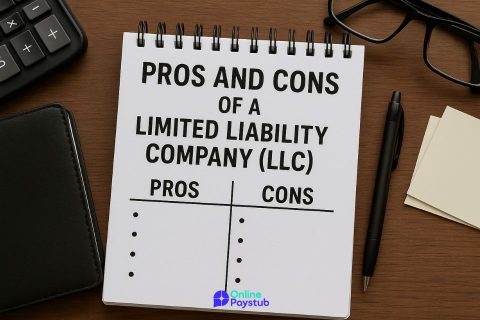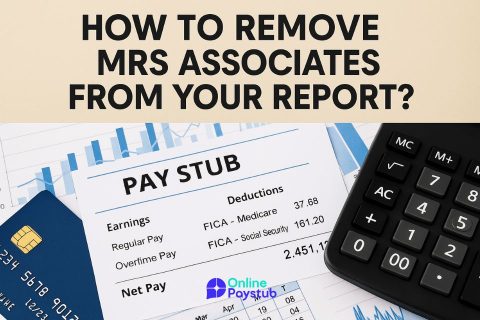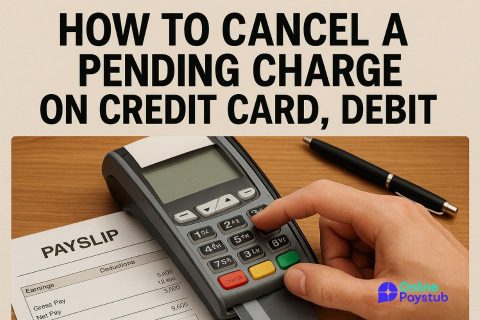A 457(b) deferred compensation plan is a specialized retirement savings vehicle tailored for employees of state and local governments as well as certain tax-exempt organizations. Created under Section 457 of the Internal Revenue Code, the 457(b) plan allows participants to defer a portion of their income on a pre-tax basis, thereby reducing current taxable income while building long-term savings for retirement.
Unlike traditional retirement plans in the private sector, the 457(b) operates within a narrower eligibility framework and offers a unique set of advantages particularly around withdrawal flexibility and contribution coordination with other plans.
From a regulatory standpoint, 457(b) plans are categorized as eligible deferred compensation plans, which means they are subject to specific IRS rules designed to promote retirement savings while maintaining compliance standards. These rules differ markedly depending on whether the plan is governmental or non-governmental, a distinction that impacts everything from asset protection to rollover flexibility.
The 457 plan was first introduced as a response to the unique needs of public sector employees who were often excluded from private retirement savings mechanisms. Over time, legislative amendments, including the Economic Growth and Tax Relief Reconciliation Act (EGTRRA) and SECURE Act 2.0, have expanded the plan’s reach and enhanced its utility, especially for older workers approaching retirement.
Today, a 457(b) is widely regarded as a powerful complement to other tax-advantaged accounts, offering participants additional space to accumulate retirement savings beyond the limits of 401(k) or 403(b) plans
Eligibility and Participation Rules
The 457(b) deferred compensation plan is not universally available to all employees. Its access is tightly regulated based on the employer type and, in some cases, employee role. Understanding who qualifies and under what conditions is essential before integrating a 457(b) into a broader retirement strategy.
Eligibility is primarily determined by the nature of the sponsoring organization:
- Governmental 457(b) Plans are available to employees of state governments, municipalities, counties, public school systems, and other local government entities. This includes civil servants, law enforcement officers, firefighters, public educators, and utility workers.
- Non-Governmental 457(b) Plans, often called “tax-exempt 457(b) plans,” are limited to employees of organizations classified as tax-exempt under IRC Section 501(c). However, these plans are further restricted to a select group of management or highly compensated employees. This limitation ensures the plan complies with ERISA exemptions and remains unfunded, as required by law.
Ineligible employees in a nonprofit organization, such as general administrative staff or hourly wage earners, are typically excluded from participation unless they qualify under the “top-hat” criteria established by the Department of Labor.
Governmental vs. Non-Governmental Plan Participation
Participation terms can differ sharply:
- Governmental Plans allow broader employee inclusion and offer more flexibility in terms of rollovers, withdrawals, and loan provisions. Funds are held in trust and are not accessible to employer creditors, providing a level of legal protection comparable to ERISA-covered plans.
- Non-Governmental Plans operate with more constraints. The account is legally the property of the employer, not the employee, which means the funds are subject to the employer’s creditors in bankruptcy or litigation. Additionally, participation in these plans typically requires election and formal agreement by the employee and is not automatic.
Employers may impose waiting periods, eligibility windows, or enrollment deadlines. Some plans offer auto dnrollment or match contributions, although the latter is rare in practice.
Contribution Limits and Catch-Up Provisions
Understanding the annual contribution limits and available catch-up mechanisms is critical to fully leveraging the benefits of a 457(b) deferred compensation plan. These limits are defined by the Internal Revenue Code and are adjusted periodically to reflect inflation and policy changes. The plan’s structure allows participants to make significant pre-tax contributions potentially even more than they could under other retirement plans.
Standard Contribution Limits
For the tax year 2025, participants may contribute up to $23,500 or 100% of their includible compensation, whichever is less. This limit applies across all 457(b) plans in which a participant is enrolled. If a participant has more than one employer offering a 457(b), contributions must be aggregated to remain within the annual ceiling.
Employer contributions, though uncommon, count toward the same limit. Unlike 401(k)s or 403(b)s, the 457(b) plan does not allow a separate employer contribution cap, reducing the total amount that can be saved annually when an employer contributes.
Age 50+ Catch-Up Provision
Participants in governmental 457(b) plans who are age 50 or older by the end of the calendar year may make additional contributions of up to $7,500 in 2025. This raises their total annual limit to $31,000. This provision mirrors what’s available in 401(k) and 403(b) plans.
Important: This age-based catch-up is not available to non-governmental 457(b) participants.
Pre-Retirement (Three-Year) Catch-Up Provision
One of the more unique aspects of the 457(b) plan is the special three-year catch-up rule:
- Available to participants within three years of their plan’s normal retirement age
- Allows for contributions up to double the annual limit (i.e., $47,000 in 2025)
- Eligibility is contingent on unused deferral amounts from prior years
This rule can be especially beneficial for individuals who were unable to contribute at maximum levels in earlier years. However, it requires precise tracking of past contributions and careful coordination with the plan administrator.
SECURE 2.0 Adjustments (Effective 2025)
Under Section 109 of the SECURE 2.0 Act, individuals aged 60 through 63 will be allowed to make enhanced catch-up contributions—up to the greater of $10,000 or 150% of the regular age 50+ catch-up. For 2025, this results in a limit of $11,250.
This enhancement applies only to governmental 457(b) plans and may create strategic opportunities for late-career acceleration of retirement savings.
Excess Contribution Consequences
Exceeding the allowed contribution limit can result in double taxation unless the excess is withdrawn by the tax filing deadline. Contributions over the limit are taxable in the year contributed and again upon distribution if not corrected in time.




No comments to show.